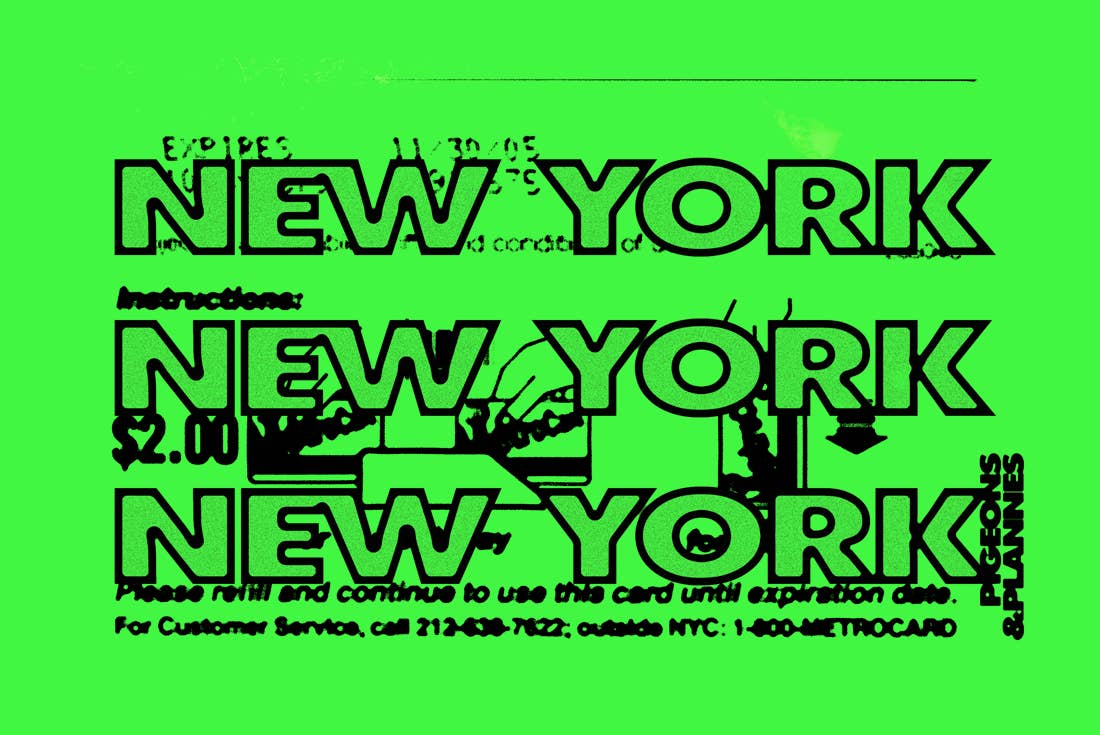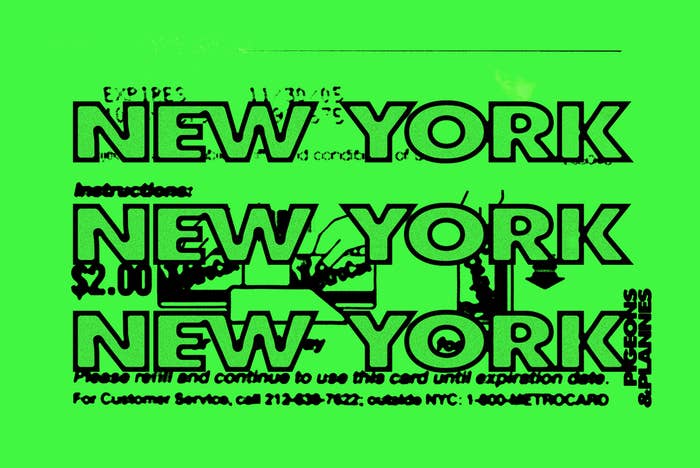
New York’s music scene can look like a lot of different things whether you’re a hard-hitting rapper from the Bronx, a bilingual singer-guitarist from the suburbs of New Jersey, or an artist and DJ transplant from the Pacific Northwest looking for greater opportunity. But even if the final product varies greatly, there is still some form of cohesive New York identity created by the singular and occasionally overwhelming experience of living in America’s most populous city.
“The things that you do to survive here become their own artistic practice, and that’s something that just develops in you,” says duendita, who hails from Queens and is highly active in the city’s DIY scene. “I think when I was growing up in New York, I was super excited to know that I was a part of a bigger fabric, and I’m still excited to know that now.”
Beyond those similarities though, music in New York is changing as much as anywhere, simultaneously threatening the existence and affirming the importance of entities like house shows and open mics. The city remains vibrant and eclectic, but it’s not above the influence of the internet, which makes regional sounds go global as soon as they catch any momentum.
“I can’t really hear distinctive differences between the boroughs, or that much between any region in hip-hop anymore. Not saying that’s a good or a bad thing, but I think with the internet being the main way to listen to music now, there’s no difference between whether an artist is from Kansas or five-minutes walking distance from you, you’re going to be influenced the same,” says Kemba, the aforementioned Bronx MC.
Still, artists continue to flock to and remain in the city for a myriad of reasons, and their collective experiences are fueling some of the most captivating and vital music we have. We spoke to seven New York artists—a mix of locals and people who chose the city as their home—about what it’s like to live and create there in 2019.
Lou The Human
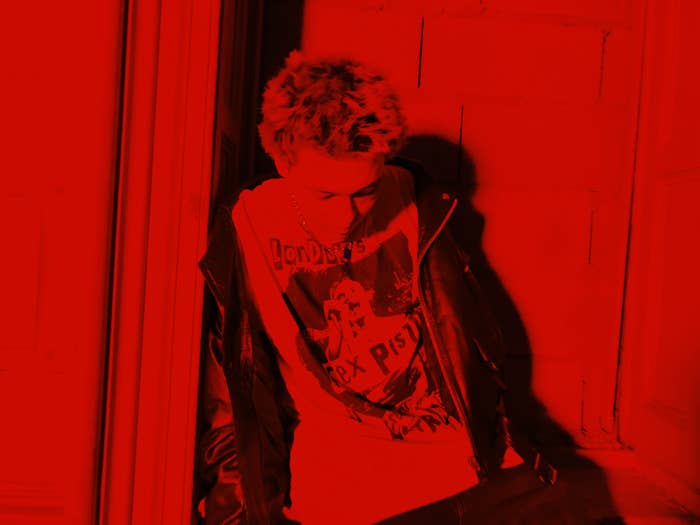
While most of New York has a storied hip-hop lineage for its ascendant talent to both draw from and compete with, Staten Island is one of the few areas with just a handful of names. The shadow of the Wu-Tang Clan looms large. Being from that underrepresented borough is a responsibility, though it’s one that Lou the Human says he never consciously thought about when he began making music.
“Rap is dead ass like National Geographic. It’s reporting live,” Lou says. “I didn't realize that I was putting a whole place on my back though.” Lou’s sophomore record, Painkiller Paradise, is inspired by a caustic nickname for Staten Island, which has battled an opioid epidemic in recent years.
“I always thought no one really knew the Staten Island story completely," he told DJBooth in May. “No one knows the current Staten Island story. And I grew up watching my friends turn into drug dealers and then turn into addicts. I always felt like I was trying to escape this shit.”
Painkiller Paradise marks a sonic pivot for Lou, whose first album Humaniac, while it could hardly be called conventional, borrowed more from ‘90s New York rap than his latest. The new LP is woozy and melodic, with Lou showing singing chops on tracks like “Overdose” and “Late Night.” Still, the record features plenty of impassioned, serrated verses on songs like the opener “Stay Safe” and the project’s title track, which Lou says was instilled in him from a young age.
“Growing up in New York, especially earlier, you had to be trying to be the best rapper, so that was instilled in me super early,” he says. “It’s to the point now where even if I make experimental songs, if I rap anywhere during it, I’m spazzing. I can’t write a bad verse, I don’t want to write no half-assed verse.”
duendita
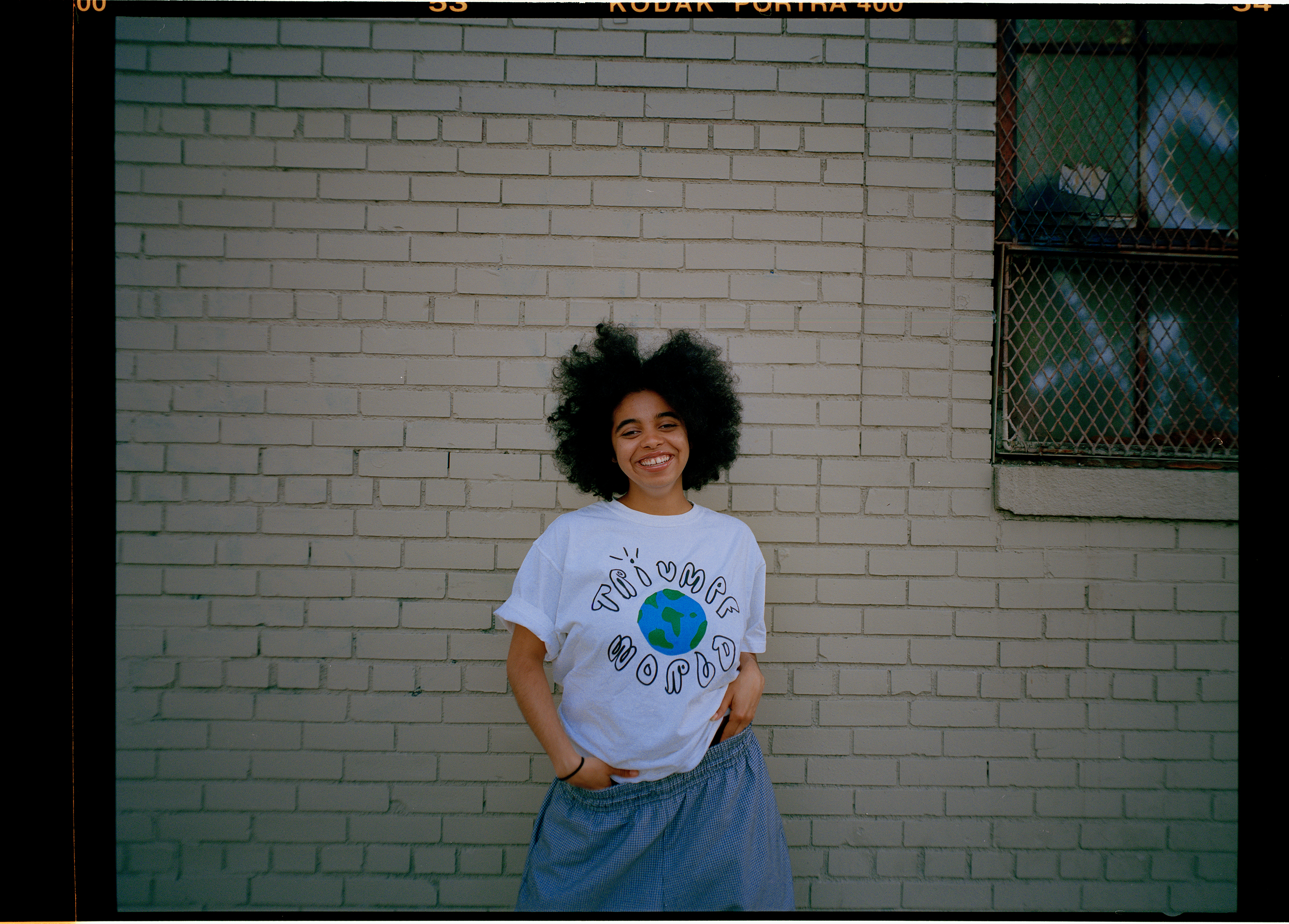
A dyed-in-the-wool New Yorker who was born and raised in Queens before studying music at NYU, duendita has been navigating the city’s music scene from a young age, noting problems and injustices with the intention of addressing them when her time came.
“Growing up—specifically as a woman-presenting person—it was stressful, because a lot of collaborative spaces were predatory,” she says. “That was hard for me as a young person, and now that I’m the age those people were, I’m like, ‘What can I do to do the exact opposite of that?’ We need safe, collaborative spaces.”
As an artist, duendita makes warm, reflective soul music in which she stirs topics like police brutality, love, and faith in the same pot, capturing a total and singular human experience while still maintaining sonic cohesion. Her late 2018 release direct line to My Creator is the kind of project that’s perfect to experience in an intimate home performance or a DIY venue, two spaces duendita champions, particularly in this era where massive companies dominate live music.
“As much as we all can, we need to resist these corporate-ass venues and playing them. I understand how they’re important in the trajectory of an artist’s career as a pop musician and I think you can hold space in both places, but I think it’s so important to be playing at H0L0 or Trans-Pecos,” she says.
New York, which last year elected a “Nightlife Mayor” to help facilitate communications between the city and both large-scale venues as well as DIY and independent ones, has a scene mired in uncertainty. According to reports, nightlife is soaring, but many of the city’s DIY venues that work to buoy local talent and provide a safe, open space, are still closing. duendita laments the way sterile venues not only replicate the feeling of being surveilled, but create a warped lens through which to view the music being played.
“You’re not even allowed to be as present, you’re in a vacuum with this artist [at corporate venues]. It’s just so much cooler when you get to see your favorite artist in a living room or a weird small box where you’re all smoking and it’s a Tuesday night and you’re like, ‘I can’t believe I live in New York,’’ she says. “I want those moments for everybody.”
Cautious Clay
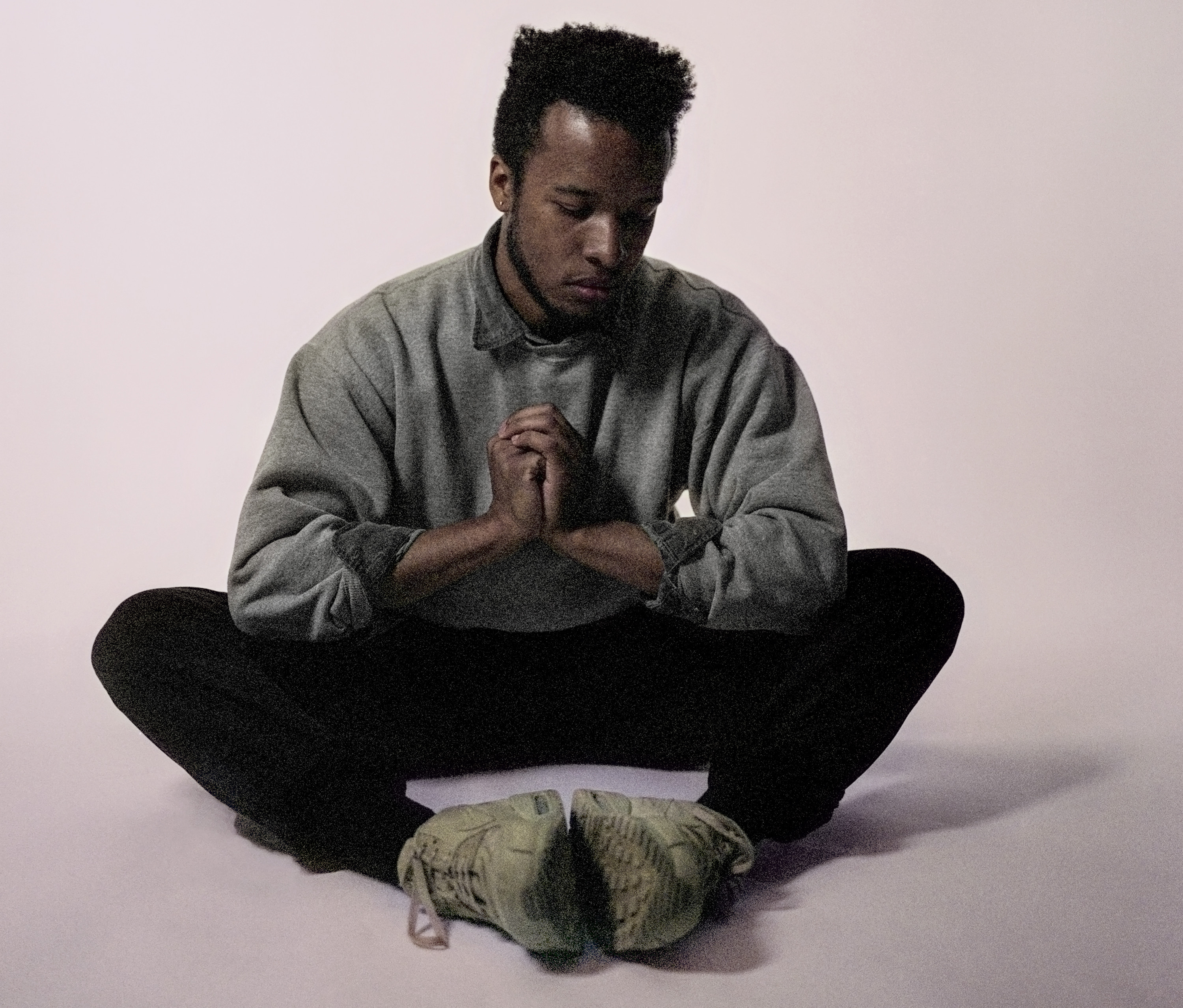
Coming to New York after college in D.C., Cautious Clay had no connections to the music industry, and found himself living the same lifestyle as thousands of aspirant creatives in the city. He moved to central Brooklyn, lived with a bunch of other artists, and got a job to support himself, all the while using city life as fuel for his emotive, genre agnostic songwriting.
“My experiences were very specific to living near Prospect Park, writing in the park, hanging out with my roommates,” he says. “Everyone does stuff in New York—there isn’t one dominant industry like there is in L.A. where it’s just entertainment. I feel like that influenced my perspective and my techniques around production and writing.”
Early in his career, Clay was splitting his writing time between laconic sessions in Prospect Park and cramped subway cars, which he says is where he penned much of 2018’s Blood Type, including the title track’s lyrics “I must be lost and with the same shit / But you want to impress at any cost,” a phrase inspired by his experience supporting himself as a real estate agent.
“I feel like that was just a lot of people that I worked with, they were all very posturing in their approach to life,” he recalls. “I worked in real estate and [specifically] with a lot of guys named Bob who have that sense.”
Despite really growing as an artist in New York, Clay says he sometimes feels like he gets a stronger crowd response elsewhere in the country, specifically further west. Still, Clay says he feels like part of a scene of quietly innovative acts like Myles Cameron and Spencer., who are blending soulful R&B, and dreamy indie rock with hip-hop flourishes.
Clay, who says he was initially part of the city’s DJing and production communities at the start of his time in New York, blends the city’s influence and his own musical talent and interests (he also has a jazz background). But while in the past that sort of music may have made him a local favorite, today he’s able to parlay it into an audience that extends far beyond the five boroughs.
Ambar Lucid

The orbit of New York extends well beyond the five boroughs, and while places like New Jersey do have a separate musical identity many young artists still flock to the city. One is singer and instrumentalist Ambar Lucid, who hails from Little Ferry, NJ, but was drawn to the atmosphere of New York from an early age.
“When I would go to concerts or even to art shows, it just felt like there was a lot more creative freedom there,” said the 18-year-old artist.
While many small town kids lament not having access to the city 24/7, Lucid thinks it was important to have distance so that she could absorb and synthesize her experiences in the city. That combination of metropolitan access with the listlessness of suburbia that so often inspires great art led to her debut EP Dreaming Lucid, which was released in March.
“I had an advantage not directly living in [the city]. I’d be bored in Jersey, there would be nothing cool to do, and then I could look something up, find a show, go, watch the show, be inspired, experience the crazy city energy, and then just go back to peace and quiet in my house,” she says. “That definitely gave me a lot of inspiration, just experiencing chaos but then also going back to peace in the suburbs. Always knowing I was close enough yet far enough from that creative energy.”
The Spanish-speaking, Latinx artist does feel she has a receptive audience in a city where more than half of bilingual people speak Spanish, but says that her own interest in that music comes primarily from her family.
“I definitely think that the New York fans are able to be more open to [Spanish music] coming from a diverse place,” Lucid says. “But I’m not sure if it influenced my music directly, just because the environment I was in was always Latin music. But that had more to do with my family being Hispanic.”
Now, she splits her time between Jersey and Los Angeles, maintaining a connection to the city (Lucid is performing at the Selena for Sanctuary benefit show in Central Park on August 18). She’s also gearing up to release a new EP that goes in a meaningfully different direction than Dreaming Lucid.
Gabe ‘Nandez
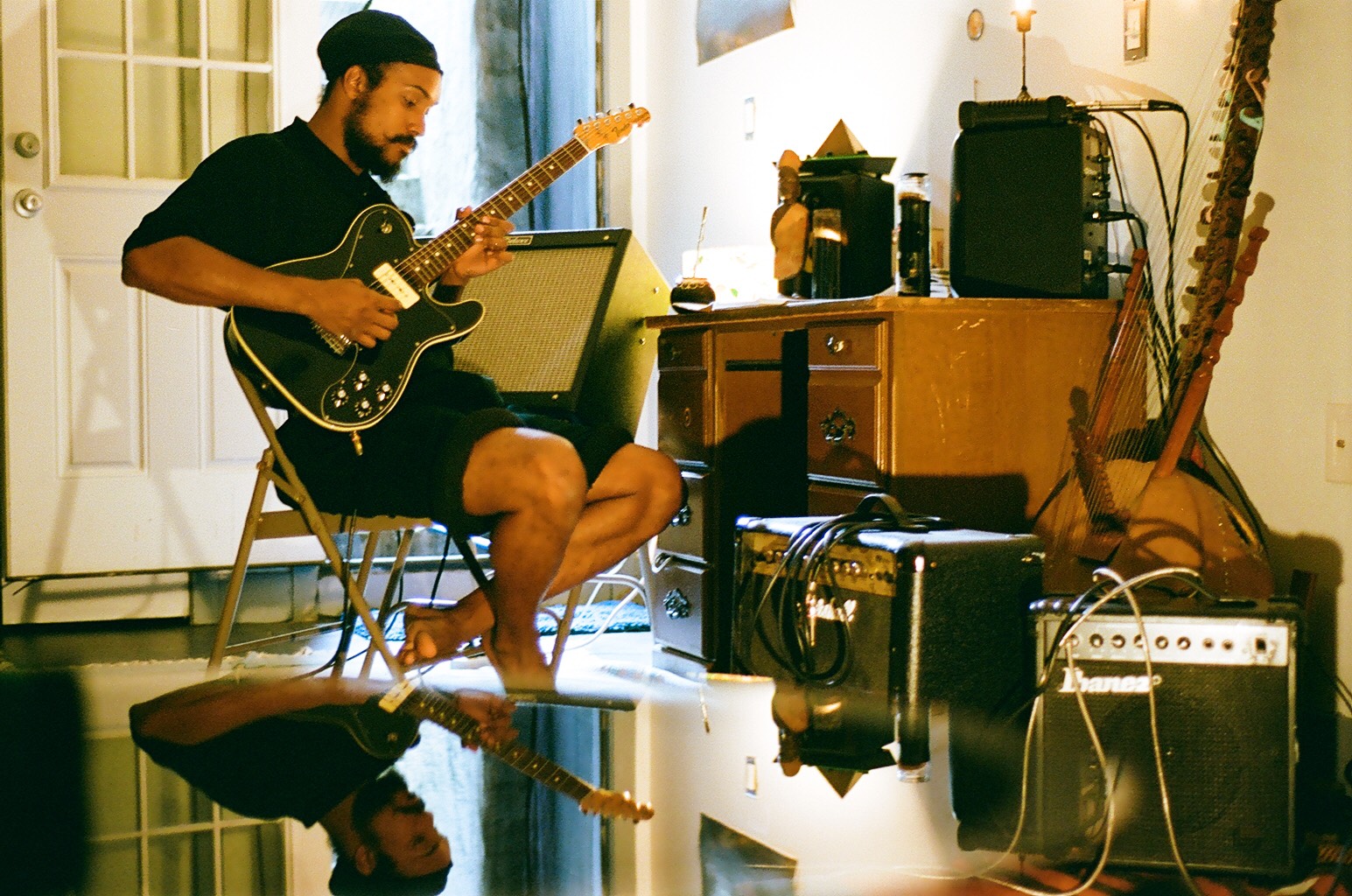
Rapper Gabe ‘Nandez moved to New York for good in December 2016 after a childhood that saw the city as one of many stops for the bilingual MC, who also grew up in places like Haiti, Palestine, and Tanzania. Though he was born in New York and lived there sporadically, he initially started getting attention as an artist while at school in Montreal, and despite loving his hometown’s sound, he understandably didn’t feel connected to its music culture at first.
“I guess I would say I’m part of a scene, that would be the indie, underground New York music scene,” he explains. “I don’t even know if I should say rap, because the lines are kind of blurred.”
Though he’s warm and genial in conversation, ‘Nandez describes himself as something of a “lone wolf,” which is partially a deliberate choice and also a reflection of how it can be difficult to break into a scene when you don’t have relationships that run decades deep or a sound that allows you to easily fall in with a bunch of like-minded artists.
“A lot of people that are doing big things, whether it’s in New York or elsewhere, they’re cliqued up, based on relationships they’ve had," he says. “For me, moving around all the time, those aren’t necessarily bonds I formed that deeply with people.”
Though he admits to feeling “pretty dolo” in his approach to music, there’s an undeniable New York grit to his raspy delivery and the heady beats that populate his standout project Diplomacy. ‘Nandez, who came up on artists like MF DOOM and Wu-Tang, is one of several exciting artists bringing candid lyrics and murky production back to the city, alongside acts like MIKE, Deem Spencer, and Medhane, as well as ‘Nandez’s collaborator Tony Seltzer. Still, he’s quick to note that his sound isn’t directly connected to theirs.
“I’m not making lo-fi music, but I’m also not making A Boogie-type music. I’m kind of in the middle, and there’s no real group of heads that are doing that together,” he says. “Not that I’m looking for that, because I’m not, but people do flock to movements.”
Kemba

Unlike some cities with less hip-hop history, in New York there’s weight to the mere decision to try one's hand at rap. Kemba, who hails from Hunts Point in the Bronx, felt that pressure early on, and says it was something that forced him to sharpen his skill set.
“In my experience, I felt like the people I came up around, they were like sticklers for the history of hip-hop and learning about people who came before us,” he says. “I think the mentality was, ‘If you’re going to do this, you have to do it right.’”
Coming up in a scene alongside artists like Otis Clapp and Final Outlaw, Kemba’s rise was more traditional, with a focus on performing locally and building a fan base in the city vs. trying to break online. He says that impressing his hometown’s notoriously jaded crowds, while daunting, was an obstacle that ultimately made him a better MC and performer.
“I definitely think New York crowds have to be won over. There’s not a sense of, ‘This is the only show in town, so we’re going to go and enjoy ourselves,’” he says. “It’s like, ‘No, I came to this show to support this one person and I could be doing so many other things tonight. There’s like eight other events going on right now. What do you got?’”
Fittingly, his live performance chops have served Kemba well throughout his career, as he was famously brought on stage by Kendrick Lamar in 2016 and impressed both fans and the media with urgent, incisive bars and impassioned delivery.
While that viral moment is a small part of Kemba’s story, the rapper, who is currently prepping his album Gilda, feels like his path was more traditional and questions if such a route to success is still viable in New York.
“Even though open mics exist, there isn’t a sequence of events or a ladder you can climb to make it out of that the way I was afforded,” he says. “I went to open mics and made a name, and then I met talent bookers who put me on shows opening up for bigger artists.”
He sees some unique advantages to being in New York nowadays—access to traditional media, being able to tap into history within your area—but also notes that the idea of a unifying local sound taking hold in specific boroughs seems far-fetched.
“I can’t really hear distinctive differences between the boroughs, or that much between any region in hip-hop anymore,’ he says. “Not saying that’s a good or a bad thing, but I think with the internet being the main way to listen to music now, there’s no difference between whether an artist is from Kansas or five-minute walking distance from you, you’re going to be influenced the same.”
Despite that, the pragmatic MC does note a positive change taking hold throughout the city that may be linked to the broad array of sounds you can hear in New York; the local mentality is no longer so adversarial.
“I think the old idea that there was only enough for some and the whole competitive mentality, like 50 Cent dissing everybody from New York, I think that mindset is going away and everybody is seeing that there’s enough for us all,” he says.
Abbi Press
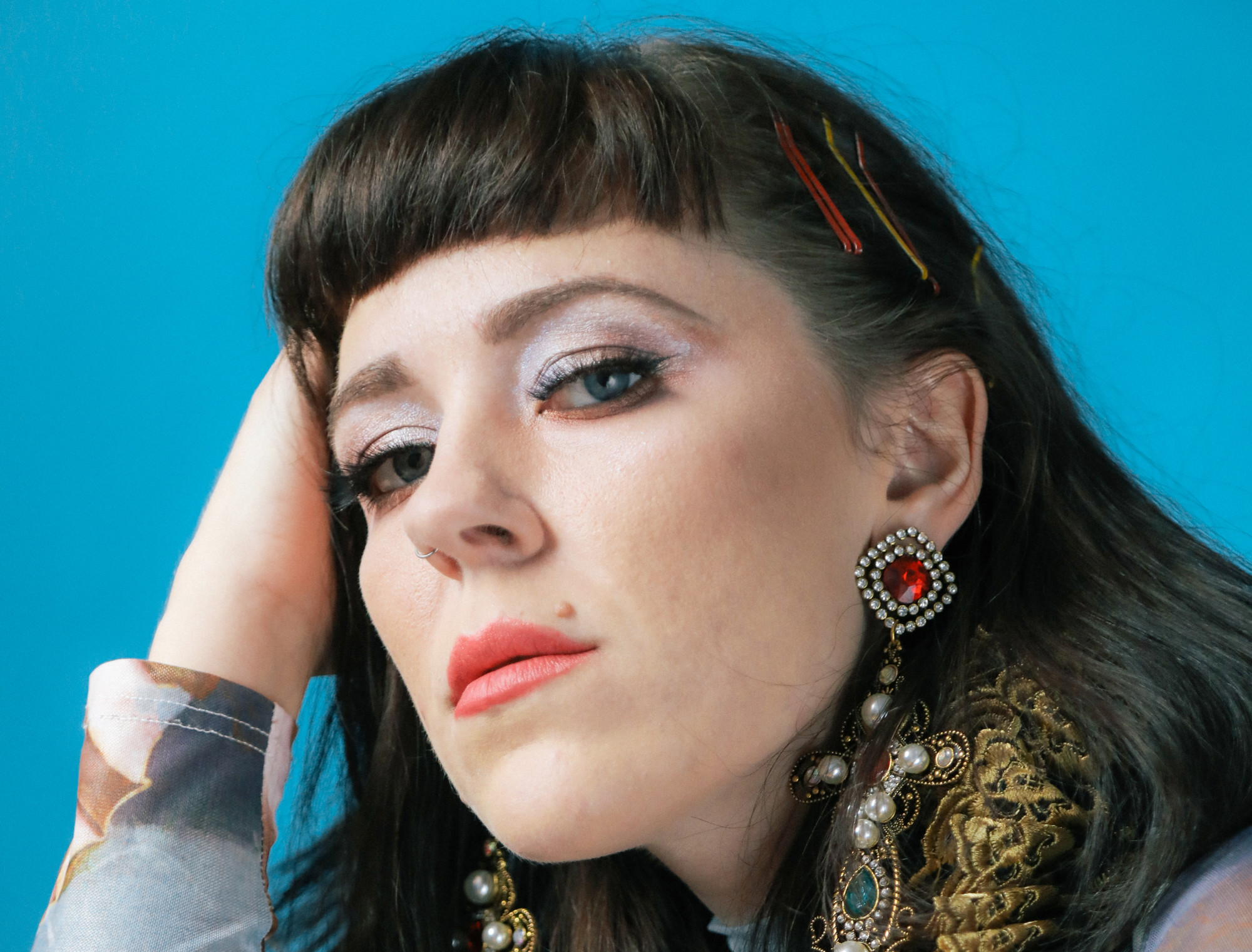
Producer and electronic artist Abbi Press moved to New York from Portland seeking a “higher ceiling” and “sense of urgency” she had not felt previously despite the myriad of talented artists she met in Oregon.
She found that, falling into the city’s electronic music scene and performing with people like Sporting Life, Beshken, and her close friend, Yaeji. Press recently relocated to Austin, TX, and says that, with the internet as a tool, she feels she can continue to feel connected both to the community she built in New York and her peers within the music world.
“Now leaving New York, I feel like the ceiling is still higher there because there’s a bigger concentration of creative people. But I sort of came to realize that what I was doing in New York I could do anywhere,” Press says. “How I’ve built myself as an artist is very located on the internet, so now that I’ve made all my creative contacts, I feel like I got all I could from the city for now.”
Press, whose own tracks incorporate elements of house, pop, and techno, says that the electronic music scene in the city is something that she does feel is truly singular.
“When I was writing a list of reasons why I was sad to leave New York, techno was literally at the top,” she says, citing clubs and spaces like Nowadays, Mood Ring, and Bossa Nova Civic Club. “There’s an incredible techno scene happening in New York right now, and that I feel is special and you’re not going to be able to find it anywhere else.”
Ultimately though, while she’s grateful for her experience in New York, Press feels that the idea of a city being essential to an artist’s rise or identity can feel antiquated in the same way as other conventional factors that were once seen as integral to success.
“I think things have decentralized in a larger sense. Say you connect it to labels—you don’t need a label to be famous anymore, so why would you need a city to be famous?” she posits.

